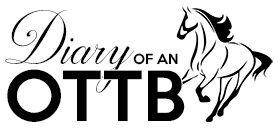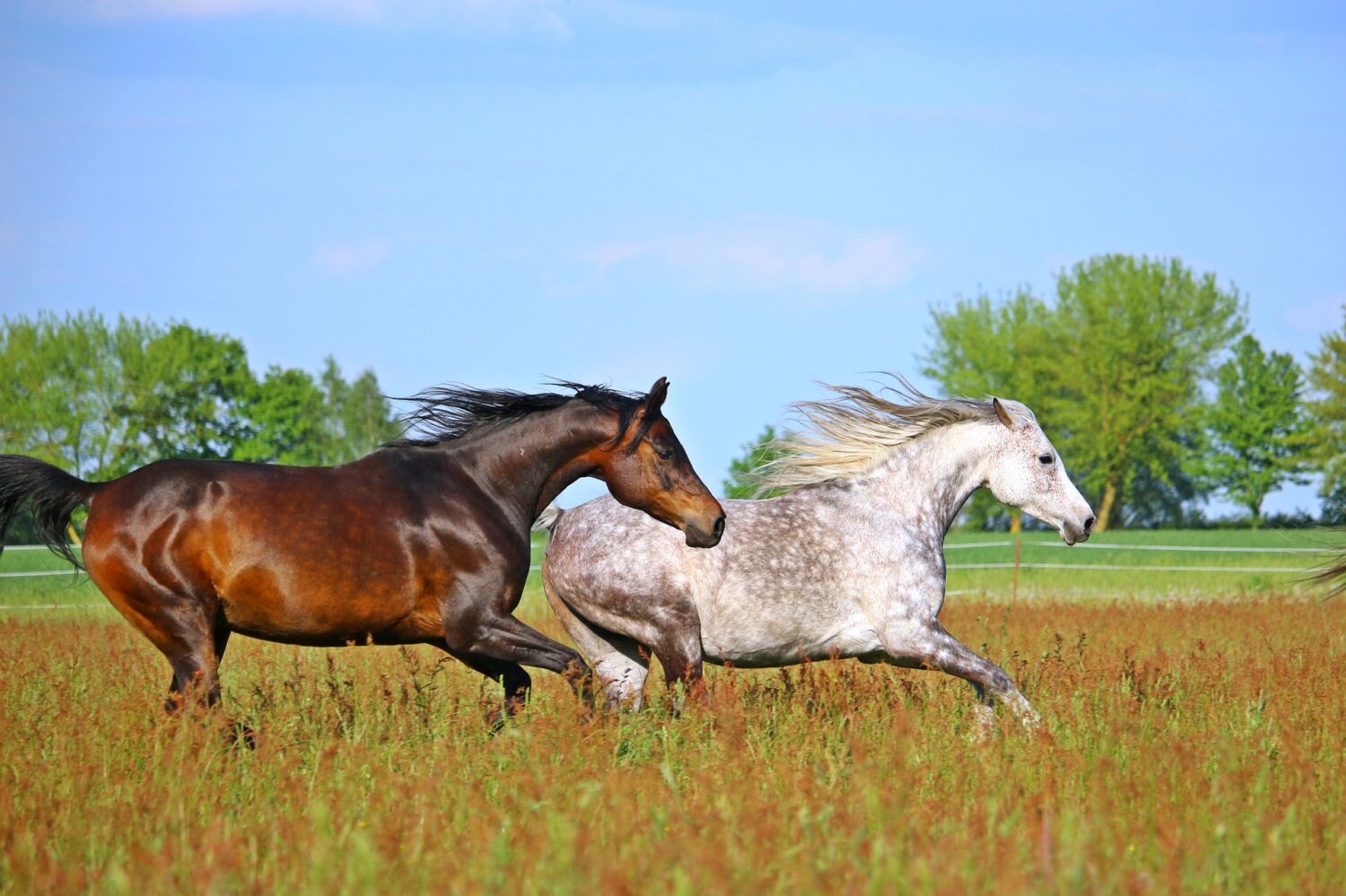Ah leads and lead changes. If you’ve been riding for any amount of time then you should already have an idea about what leads are, what lead changes look like and maybe even feel like. Such a frustrating and nuanced subject to unravel that takes some time to both see and feel.
Leads and lead changes are only subjects for discussion when you’re talking about directional changes at a canter. You’re not on any lead if you’re working at a trot or a walk no matter how hard you might try; it does not apply to those gaits.
When horses travel at a canter the direction they’re moving in matters a lot in terms of how their body needs to move in order to stay balanced. This happens when a horse’s inside front and inside hind legs extend farther forward than the outside pair, allowing the horse to stay balanced while bending in the proper direction.
If a horse does this correctly, we call this picking up the correct lead. If you’re traveling counterclockwise or to the left at a canter, you’d want your horse to be on the left lead with their inside left pair of legs extending out first and farthest and vice versa if you were heading clockwise or to the right.
How To Tell if Your Horse Is On The Correct Lead
Now that we’ve cleared up some of the basic information about leads, let’s have a little pop quiz. Take a look at this animation below. Can you tell what lead is the horse on?
(It’s a right lead, see how the right pair of the horse’s legs reach out farther and faster than the left?)
As a rider, it’s our job to be able coach the correct direction and correct leads out of the horse. More importantly it’s our responsibility to work towards feeling when those leads are correct, half right, or all wrong. Equally as important as being able to identify the correct leads is being able to tell when you’re on the incorrect lead or when your horse has only picked up part of the correct lead.
Now there’s one simple way to figure out which lead you’re on — just look! Once you know what to look for it shouldn’t take you more than a second to glance down and see which leg comes out first and farthest. BUT (and this is a big but) just by looking down your weight and balance will change, sometimes so much so that you’ll inadvertently make it more difficult for your horse to pick up the correct lead (if you’re looking down when you’re asking).
Let’s take a closer look in this clip from Dressage Mastery TV.
The things we often talk about wanting to teach our horses are often the things that we need the most work on as riders: balance, confidence and patience. These are also key ingredients to helping train your horse to pick up the correct leads. It’s just as much our riding responsibility as it is theirs to be athletic so we’ve got to do our best to stay balanced in the saddle and patiently wait for the right opportunity to ask your horse to pick up a specific lead.
Simple v. Flying Lead Changes
More often than not, your horse is already naturally balanced enough to pick the correct lead based on the direction you’re moving in and probably enough strength and agility to perform a lead change — which is to say a change in direction without a complete loss of speed. Of course we complicate this issue by sitting on their back and asking them to go one direction or another, but if you have any large turnout areas or have ever watched your horse play with his/her buddies then you’ve also probably seen them abruptly change direction to the right or left while still cantering or galloping around. This is a lead change of which there are two types: simple and flying changes.
The difference between these two types of lead changes is easy to remember — a flying lead change means that the horse will change direction at a canter without breaking or slowing from the canter. In other words the horse will go from cantering on a left lead to shifting mid stride and cantering correctly on the right lead. A simple lead change is just that, a more simplified version that adds in a period of trotting before asking for the opposite lead.
Training Your Horse (AND YOURSELF) On Lead Changes
When it comes to teaching or training your horse on lead changes you have to keep in mind that most horses will naturally pick up the correct lead based on their direction when they don’t have a rider on their back. We make this a more complicated issue for them by adding weight for them to carry and making the dialogue an even more complicated one by trying to use rein and leg aids to convey our message.
To help make the conversation with your horse as clear as possible, you’ll want to be incredibly clear in what you’re asking. To avoid making this a complicated discussion, the correct lead is simply cantering in the correct direction. And how do we do that?
Hands forward, outside leg slightly back, apply leg pressure and a little kiss and you’ll probably be off and cantering along.
In working with my OTTB, I’ve found that practicing these aids is one of the biggest keys in building towards a flying lead change. While practicing trot-canter transitions on a four leaf clover pattern or figure 8, I’ll rely on those aids and something like a fence to help casually suggest the direction I’d like my horse to go in. The same can be done quite easily with ground poles too.
While there are certainly a lot of varying approaches to helping train your horse in picking up the correct lead and building up to flying lead changes, I think some of the most valuable exercises are the simplest ones that can be revisited over and over again.
In many cases the most effective exercises are the simplest. I find a simple figure 8 or four leaf clover pattern to incorporate enough directional changes for us to get some good productive work out of. By focusing on these basic patterns and slowly incorporating a lead change or transition in the straightaways you can easily put you and your horse in a position to identify the question and answer it successfully.
The short answer to lead changes: take your time and get comfortable helping your horse pick up the correct lead consistently and slowly start incorporating simple lead changes and building up with exercises to help find that flying change. With a little time, patience, and consistency you’ll be there in no time!
3
